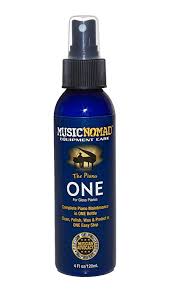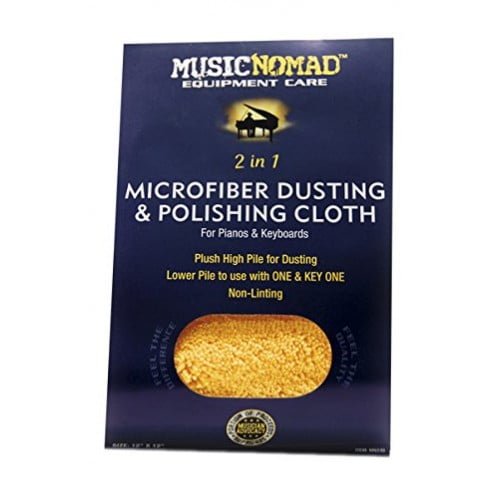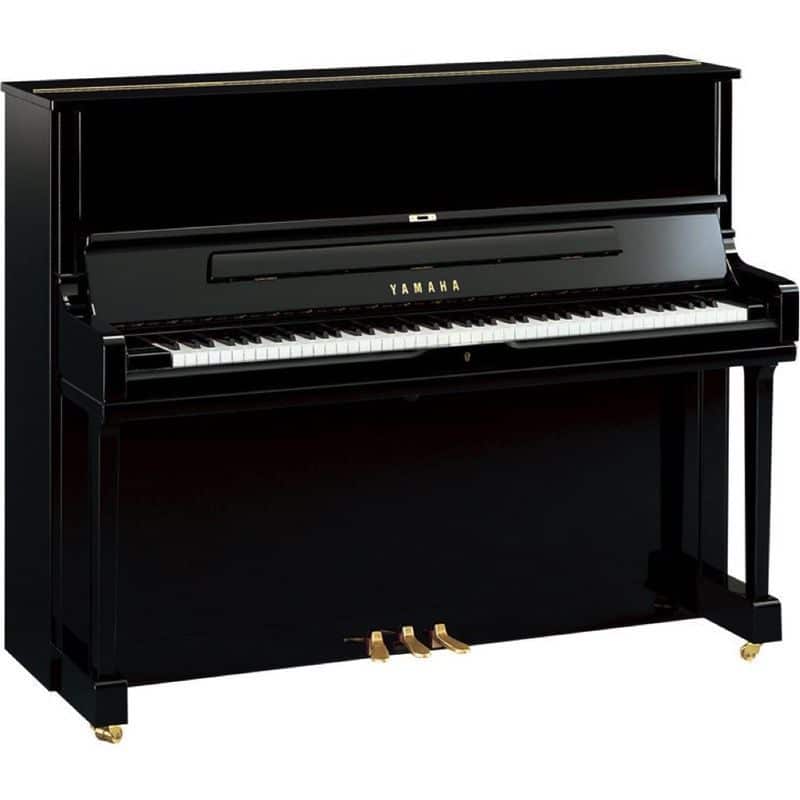Piano Care
Caring for your piano?
When you begin looking for a Piano for sale, a common question to ask is “what sort of piano should I buy?” There are many different takes on what may be the ideal piano for your needs. However there are a few simple things to bear in mind.
In the following article we discuss Piano Care and ways you can increase the enjoyment of your musical instrument.
The delivery day of our Piano is a special day in the life of any piano player.
It takes pride of place in the specially selected room, standing proudly and silently with the promise of musical adventures for decades to come.
What a marvellous sight.
It’s only natural that we want take the very best care of our piano.
How do we do this?…
Inside a Piano
Pianos are made with the need to stay tuned. Strings are made to resonate at their best when they are tightened to their ideal tension. As a string is struck, the sound waves from string transfer through the bridge, and onto the soundboard. It then travels along the grain of the wood spreading all over the soundboard and amplifying. As these sound waves travel they end up gently shaping the wood on a molecular level to better amplify sound. That’s why the soundboard of an older, regularly tuned, piano can resonate so magnificently. If a piano is regularly played out of tune, it will not mature as sweetly.
As a rule of thumb the tuning of our piano should occur at least once a year. Exposure to heat can cause a piano togo flat, because the wood in the pin block relaxes and the pins loosen. In the same way it can sharpen when the piano gets colder and the wood tightens. Strings do stretch slightly over time too so regular tightening is usually required. It is cheaper to tune our piano regularly rather than let it go out of tune. When piano strings are left at a looser tension (flat) they are slowly stretched so as not to break. This takes much longer and may need to happen over repeat visits.
Piano Cleaning
Cleaning the inside of a piano is a little more difficult. With an upright piano, the front panels and the fall, or lid, are taken off to access the inside. If you have a Grand Piano it is easier to access the inside but it is harder to clean, manoeuvring a cloth or duster under the strings is very tricky and not recommended.
A light dust and vacuum is all that is recommended.
If your vacuum cleaner can blow in reverse, even better. Blowing the dust out from under the strings is better than trying to reach behind them.
Try not to touch the strings at all. Finger prints on strings can make them go rusty and any pressure on the strings from a cloth or duster can affect the tuning.
If there is the requirement for more detailed cleaning, we recommend using a piano tuner or technician. They can pull apart the piano and clean inside and put it back together properly for you. Such technicians are experts in Piano care.
A piano technician is our best friend when it comes to looking after the inside of a piano. For a recommendation of a piano technician in your area feel free to call Pats music on (03)95638711.
Important Note
Keep the piano dry. Pianos and water don’t mix! Keep other liquids away from them too, such as red wine or champagne. It can be very expensive if not impossible to fix the damage if water, or any other liquid, gets into a piano.
Outside of a Piano:
Many people ask us how to clean the outside of a piano.
Pianos with French polished finish, the high gloss mirror effect, like regular dusting, weekly cleaning and monthly polishing. We recommend using a soft duster, and a soft microfiber or cotton cloth. To remove finger prints, fill a spray bottle with 50% water and 50% methylated spirits.

Spray a light mist of this liquid onto the cloth and clean gently. The water helps lift the finger prints and the methylated spirits helps to dry the water and reduce streaking.
Polishing is another important aspect of Piano care. When polishing a piano we recommend using a piano polish (such as the ones pictured) and 2 microfiber or cotton cloths, one cloth for applying the polish and another for removing it.
Then… pretend to be the Karate Kid and use a ‘polish on polish off ‘ type movement.
Older Piano Care
If your piano is an older piano with an antique-style, matt-wood finish, then a regular wood furniture polish works well. If the wood is thirsty it may take a lot of polish to restore its former lustre.
The keys of a piano will also need attention. You should try to keep keys free of dust to avoid dust building up between them. There may also be the need for cleaning if little sticky fingers have been at them.
If the keys are acrylic (not ivory) then use a soft cloth in soapy water and wring it out thoroughly before cleaning. Clean the keys in a back to front motion rather than a side to side motion to avoid getting dirt between the keys.
If your keys are ivory then you should require less water. A light spray onto the cloth and the same back to front motion. Clean one key at a time for the best result.


New Japanese made Yamaha professional pianos include a 10 year warranty and they are available at Pat’s Music starting from around $13000.
Second-Hand Pianos
We understand that this may be beyond the budget of many people purchasing their first piano for a young child. Therefore in many cases a secondhand piano may be a suitable option. All of the pre-owned pianos at Pat’s Music are always sourced from Japan and are graded in an A+ condition. This means that even pianos that are 40 years old are still in excellent condition, of a professional standard and are purchasable for a fraction of the price of a brand new one.
The lifespan of most pianos can be 60-80 years, however like a car, you may need to relpace parts from time to time. Buy purchasing an A grade piano from Pat’s music we will include a 10 year warranty on most used Japanese Yamaha Pianos.
Sometimes purchasing a 131cm older professional piano can give better results for learning than a brand new small 109cm student piano for a similar price, as the tone is more often significantly better.
Digital Piano Keyboard
For some people starting out there could be constraints on the budget to under $1500. In this case we will always recommend an electronic instrument over an acoustic piano. New acoustic pianos (as in student models) have a starting price of around $4000. Problem is, you will be buying something small that you will need to upgrade down the track. For under $1500 you can purchase a fully weighted 88 note Yamaha Digital Piano. Consequently, such a Piano Keyboard, will never need tuning and can be moved by two people easily around the house. This sort of instrument will be much more consistent and reliable than any used piano under $3000. Therefore, when the time comes that your child needs an advanced piano, you will be more comfortable investing $5000 or more in a professional used or even upgrading to a new Yamaha Professional piano.
Finally, to discuss the purchase of Pianos, or even buy Piano Music, why not stop in and say hello. Our friendly staff are knowledgable and will make you feel quite at home in our Piano Shop.